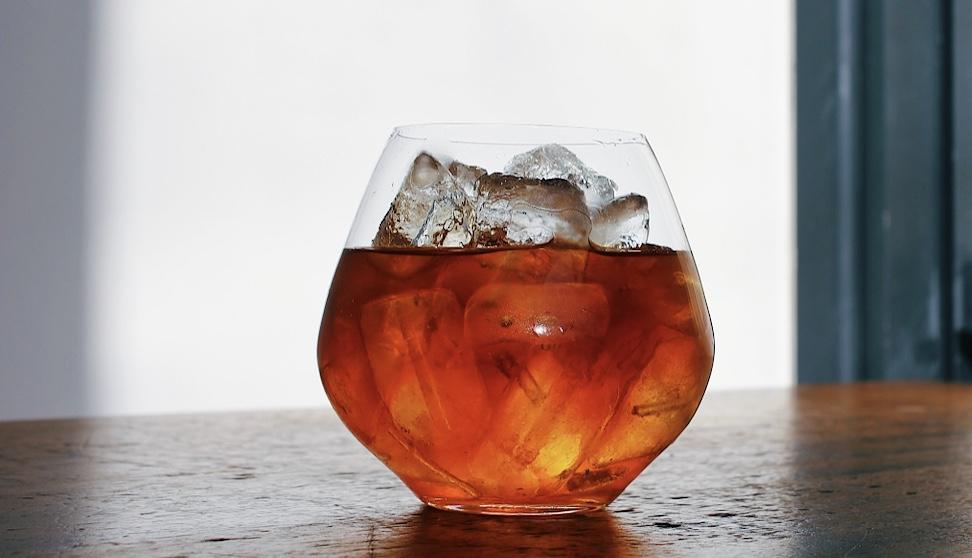
How is coffee decaffeinated?
What Exactly is Decaffeinated Coffee?
Decaffeinated coffee is a type of coffee that has had the caffeine removed from it. Two common misconceptions about the process of decaffeination are that it removes 100% of the caffeine from the coffee beans and that it takes place after the beans have been roasted.
The process of decaffeination takes place when the beans are still green, before roasting and it is only required for 97% of the caffeine to be removed in order to call the coffee decaffeinated. The process removes the caffeine but still retains the flavours and aroma compounds.
How Do You Decaffeinate Coffee?
There are various ways to decaffeinate coffee, many of which include water, solvent or even carbon dioxide.
Decaffeinating coffee beans using a solvent
There are two main solvents being used to extract the caffeine out of the green beans – methylene chloride and ethyl acetate.
Methylene Chloride
Methylene chloride is colourless chemical solvent in liquid form with a slightly sweet aroma, often used in paint removers and hair spray. It is an old fashioned process but still the one most used in the industry. Even though methylene chloride is considered safe to use, people may feel anxious consuming it due to the chemicals involved. During this decaffeination process, the coffee beans are soaked in hot water to extract much of the caffeine from the beans. The beans are then removed from the water and the methylene chloride solvent is added to bond with the caffeine. After the methylene chloride/caffeine compound is skimmed from the surface of the mixture, the beans are returned to reabsorb the liquid. This method of decaffeination (sometimes called the KVW method in Europe) removes between 96 and 97 percent of caffeine from a batch of coffee.
Ethyl Acetate / Sugarcane Method
Ethyl acetate is a colourless liquid with a characteristic sweet smell and is often used in glues or nail polish. It is a naturally occurring ester, usually a by-product of fermenting sugarcane and it can be isolated and used to bond with and remove the caffeine from the green coffee beans. Although ethyl acetate is naturally occurring, it often has to be produced synthetically in order to have enough volume to be used on a big scale. Because of that, the decaffeinated coffee beans may not always be completely natural. The sweet aroma also affects the flavour of the coffee and though we appreciate this might be preferable to some, we as roasters prefer to keep the flavour of the beans unaltered, and therefore we stay away from decaffeinated beans using ethyl acetate such as the Sugar Cane method.
CO2 Decaffeination
The CO2 process of decaffeination uses liquid Carbon Dioxide (CO2), a highly selective solvent for caffeine. The green coffee is soaked in water to open the bean’s “pores”, beginning the decaffeination process whereby caffeine molecules are able to move in and out of the beans. The coffee is then placed into a compression tower, where it is brought into contact with pressurized liquid CO2. The pressure transforms the CO2 into a supercritical state, where it is part liquid and part gas. By circulation through the coffee, the carbon dioxide bonds with the caffeine, drawing it out from the beans. The CO2 is then separated into an evaporator, where the caffeine precipitates from the CO2, which means the caffeine can be collected and used to resell. After this, the CO2 is pumped back into the vessel containing the green coffee for a new cycle. When the required caffeine level is reached, the CO2 circulation is stopped and the coffee is discharged into a drier where it is gently dried until it reaches the original moisture content. The coffee is then ready for roasting. This process can be quite expensive, as specialized equipment is required, but the Co2 is reused for later batches and the caffeine can be resold to other companies for energy drinks or Pharmaceuticals, keeping costs down.
The Swiss Water Decaffeination Method
In the Swiss Water decaffeination method, a solution is created by soaking green coffee in water, allowing the soluble components in the coffee to leave the beans via the water. Using carbon filters, the caffeine is removed, the green beans are discarded, leaving a solution that is supersaturated with soluble coffee components, called a GCE (Green Coffee Extract). Green coffee to be decaffeinated is then immersed in this solution. The GCE flows over the green coffee beans and to find equilibrium, the caffeine in those coffee beans begins to migrate into the GCE. No other solubles migrate from the coffee beans, as Caffeine is the only substance preventing equilibrium and missing from the GCE solution. The GCE now contains caffeine but not for long, it flows through carbon filters that trap the caffeine molecules and is removed. This happens continuously for 10 hours, under finely controlled and monitored conditions, resulting in green coffee beans that are 100% free from chemicals and 99.9% caffeine-free and ready for roasting.
This process ensures the coffee beans retain 100% of the flavour and there is minimal waste created in the process, as the GCE can be reused multiple times for decaffeinating multiple batches of coffee.

This is our current preferred method and we find the best results in in roasting and flavour. If you are looking for decaffeinated coffee that is 100% free from chemicals, completely natural and delicious, look no further than our organic decaf coffee.
Find out more about our seasonal decaffeinated coffee here.


